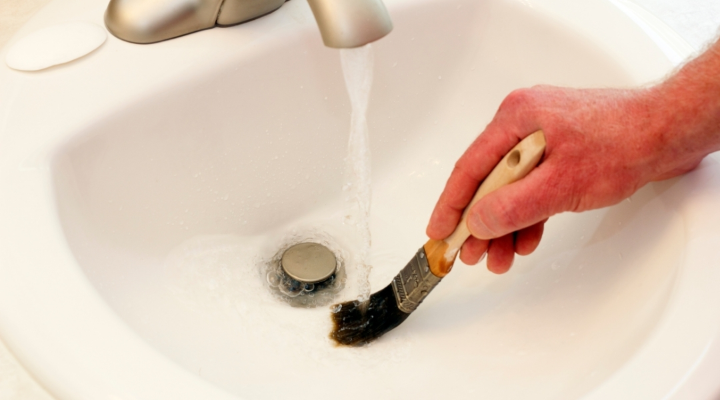Why You Should Never Pour Paint Rinse Water Down the Drain
It may seem harmless: you paint something, rinse your brushes in the sink, and assume the water simply disappears. But what many people don’t realize is that paint residues in rinse water are harmful to the environment. Even small amounts can contribute to water pollution and ultimately affect our health and ecosystems.
🧪 What’s in Paint Rinse Water?
Rinse water contains more than just color. Water-based (acrylic) paints include microplastics, binders, pigments, and other chemical substances that don’t easily break down. When this water enters the sewer system, treatment plants often can’t completely filter out these micro-particles.
According to a report by CEPE (European Council of the Paint, Printing Ink and Artists’ Colours Industry), thousands of tons of microplastics from paint can end up in the environment every year, partly due to improper disposal of rinse water. These microplastics are so tiny they’re invisible to the eye—but they pose a serious risk to aquatic life and, ultimately, to humans via the food chain.
🌍 Small Action, Big Impact
By simply not pouring paint rinse water down the drain, you actively contribute to protecting the environment. Water is precious, and its quality is threatened by microscopic pollutants—something we can do something about.
So next time you’re rinsing your brushes: think twice before turning on the tap.
#Microplastics #VerfVerstandig #CleanWaterMatters #GeenVerfInDeGootsteen
